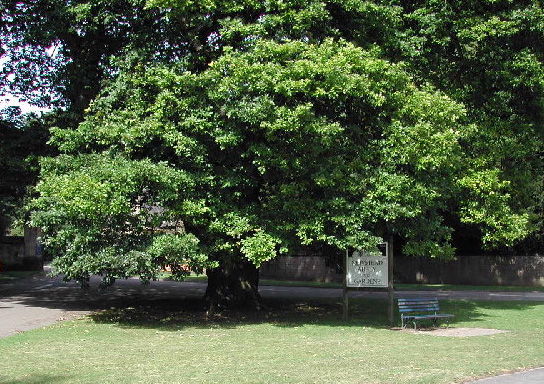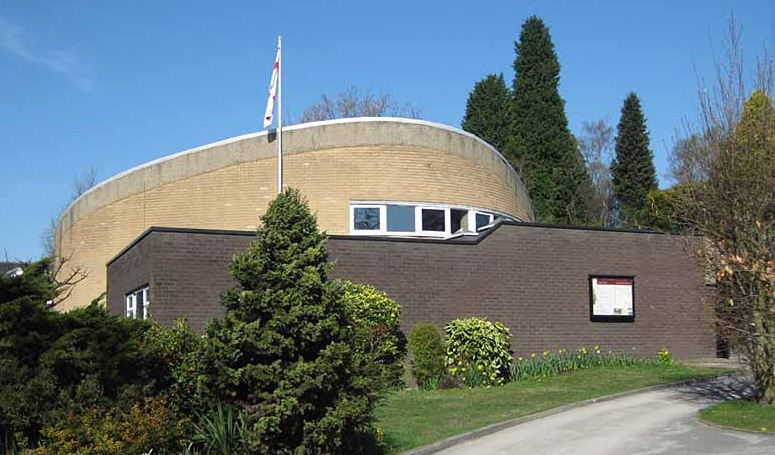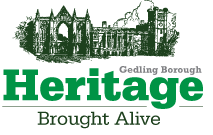Ravenshead
Ravenshead developed in the 20th century from several distinct suburban residential areas, including Fishpool, Larch Farm, Abbey Gates and Kighill, all of which used to form parts of the parish of Blidworth and the Liberty of Newstead. The names Ravenshead and Kighill for parts of the area can be traced back to at least the 12th century. Much of the area was originally covered by large tracts of sandy heath, consisting of gorse and heather, interspersed with deciduous mixed woodland of oak, beech, silver birch and sweet chestnut. With the enclosure of land and the improvements in agriculture in the late 18th and early 19th centuries, new farms were built and the hamlet of Fishpool was established, with sixteen cottages erected on Fishpool Hill, now Robin Hood Terrace, in about 1833.
Most housing development occurred after World War 1. Initially, in the 1920s and 1930s, houses were built in the Abbey Gates and Larch Farm areas, on Nottingham Road, Main Road, Sheepwalk Lane, Vernon Avenue and Longdale Lane. Large-scale building commenced after 1952, with the greatest increase in housing in the 1960s and 1970s, when estates on the north side of Longdale Lane were developed. With the rising population, the original village store and post office of Fishpool became inadequate and Milton Court Precinct was built.
In 1968 Princess Alice, Countess of Athlone, laid the foundation stone for the village hall. The population soon outgrew this social amenity and Cornwater Barn on Longdale Lane then became the site of a leisure centre. Ravenshead now has health and social services and primary schools. In 1966, when the area became known officially as Ravenshead, there were approximately 3,000 inhabitants. A new ecclesiastical parish was formed in 1971 and a Civil Parish in 1987; by 2011 the population had increased to 5,629.


